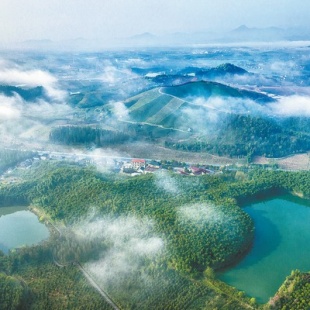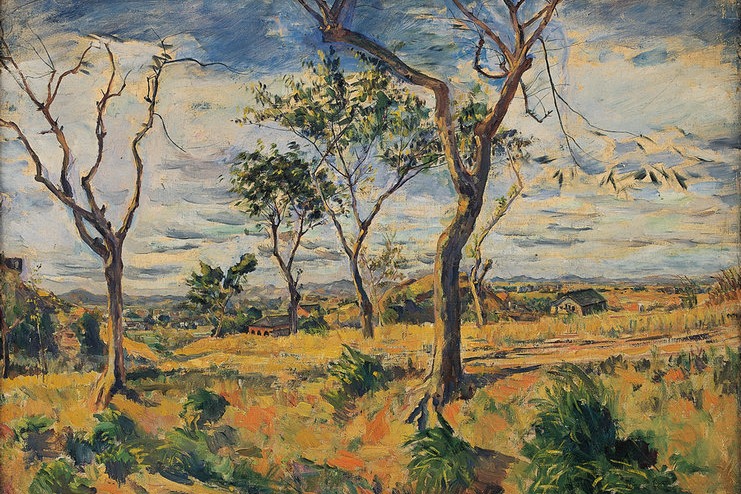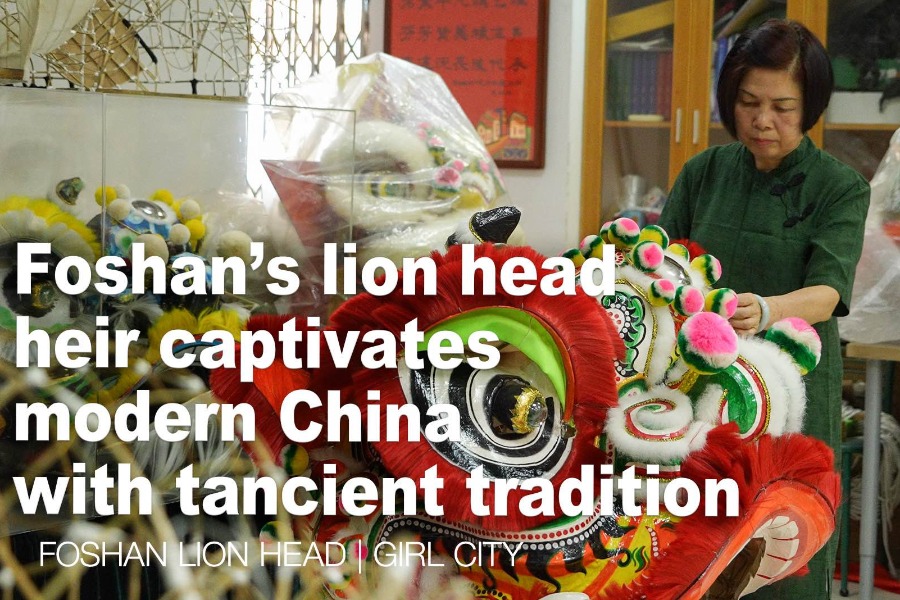The flow of ingenuity

 The location of Liangzhu site. CHINA DAILY
The location of Liangzhu site. CHINA DAILY
Experts in the fields
Within Liangzhu's walled city, at the center of which is the palatial complex, archaeologists have discovered three granaries. While two of them are situated on the western and eastern slopes of the complex, which sits on an earthen platform, the third one lies to the south, about 100 meters from the platform's southern edge.
"In the last one of the three, we've discovered two huge layers of carbonized rice, with one on top of the other. Covering an area of more than 10,000 square meters, the two layers together reach an average thickness of 60 centimeters. It seems that they are both the result of big fires that had ravaged the granary on two separate occasions," Wang says.
"The total amount of rice destroyed is estimated at 100,000 kilograms, the number itself shedding light on the rice production capacity of the Liangzhu society," says Wang, who put Liangzhu's estimated rice yield per mu at 140 kg. (One mu is equal to 666.7 square meters.)
"To put this number into context, in the 1940s, some areas in China still had a rice yield per mu of 300 kg. Keeping in mind that the Liangzhu civilization prospered between 3300 BC and 2300 BC, the people there were not doing badly — in fact, they were doing pretty well."
These days, visitors to the Shanghai Museum can try to imagine this agrarian lifestyle, through many Liangzhu farming tools on display as part of the exhibition The Proof of Early China. These include stone sickles, spades and a plowshare composed of multiple parts. The last one — so heavy that it could only be pulled by big farm animals like oxen — was probably a Liangzhu invention.
More advanced farming tools led to higher efficiency and higher production, which in turn led to a population increase in the Yangtze River Delta region.
Within that region, large sites of ancient paddy fields have been discovered. One of them, located 20 km to the east of Liangzhu City and measuring nearly 80 mu (around 53,300 square meters), features vestiges of river courses, water damscum-causeways, irrigation canals and field ridges, the latter two dividing the fields into roughly rectangular patches, each covering between 1,000 and 2,000 square meters.





































